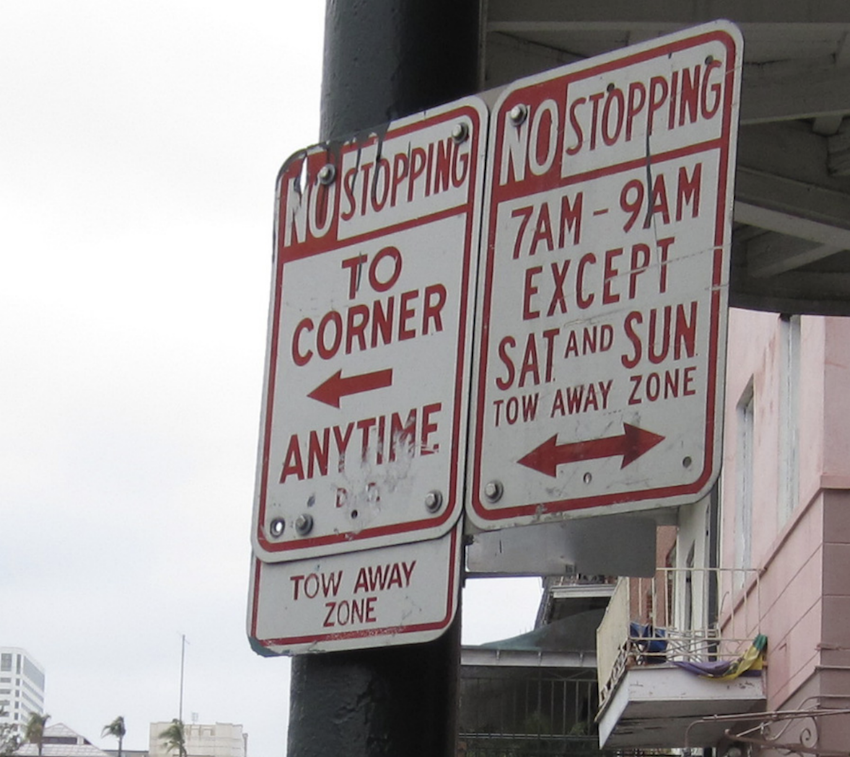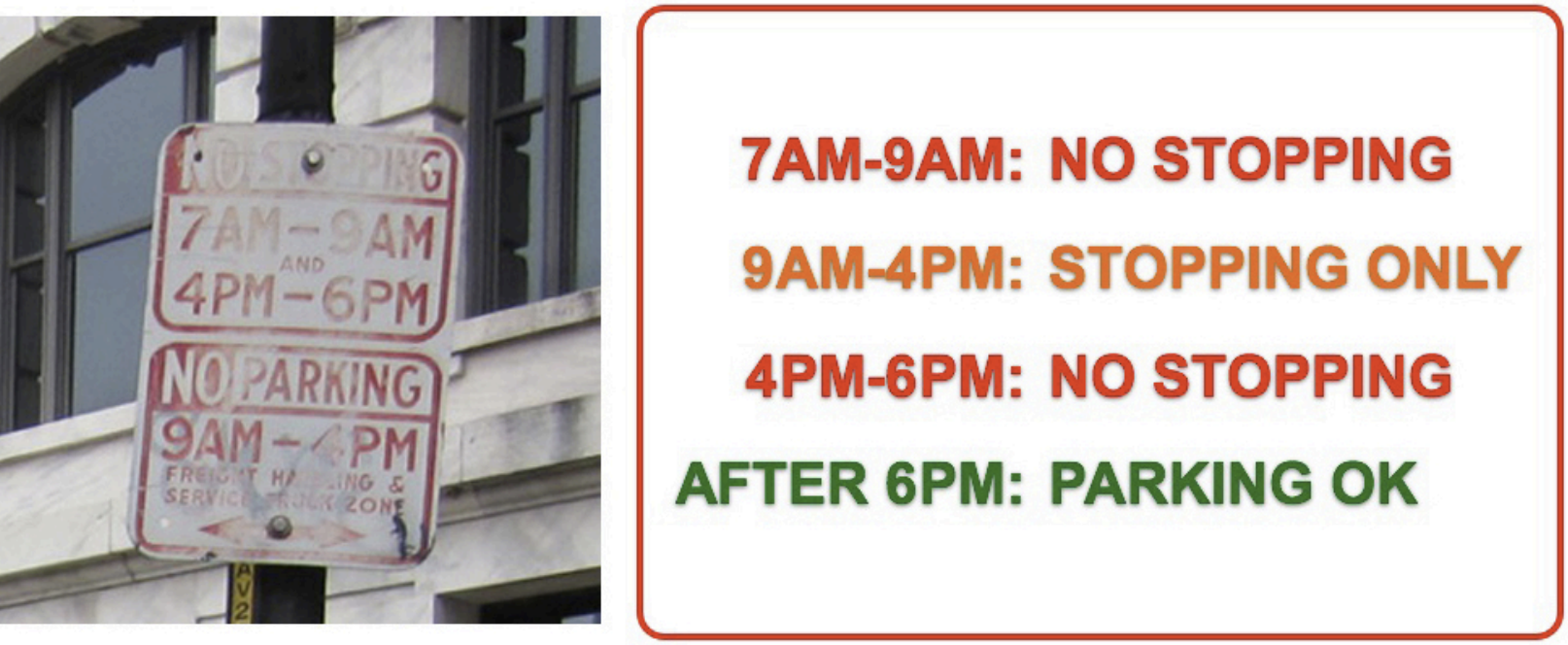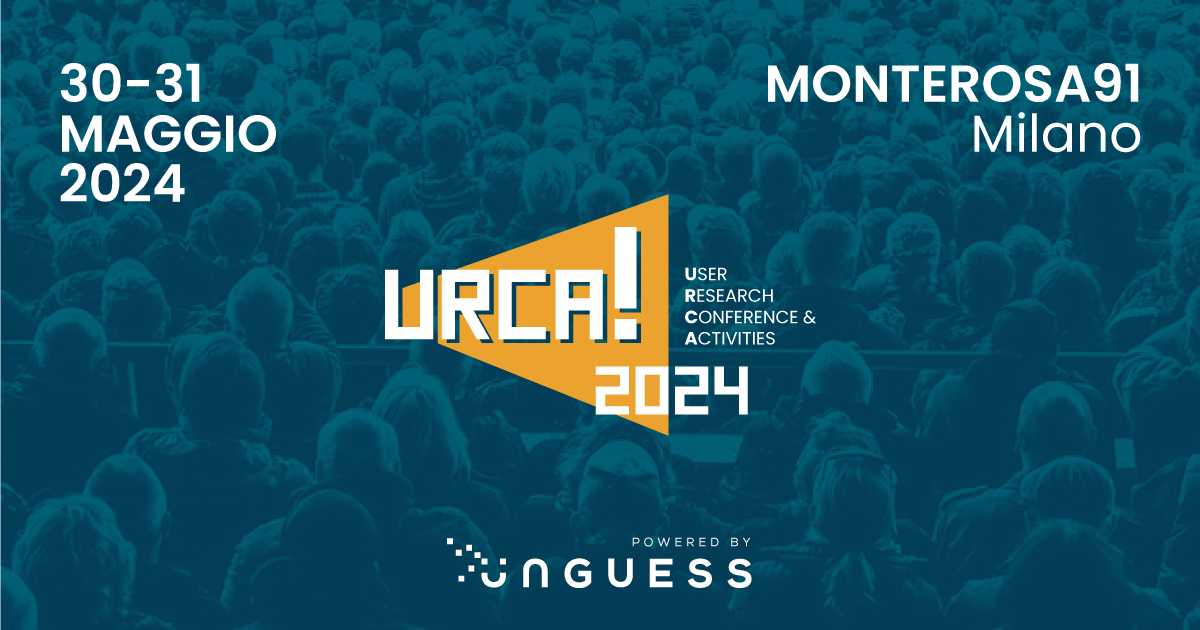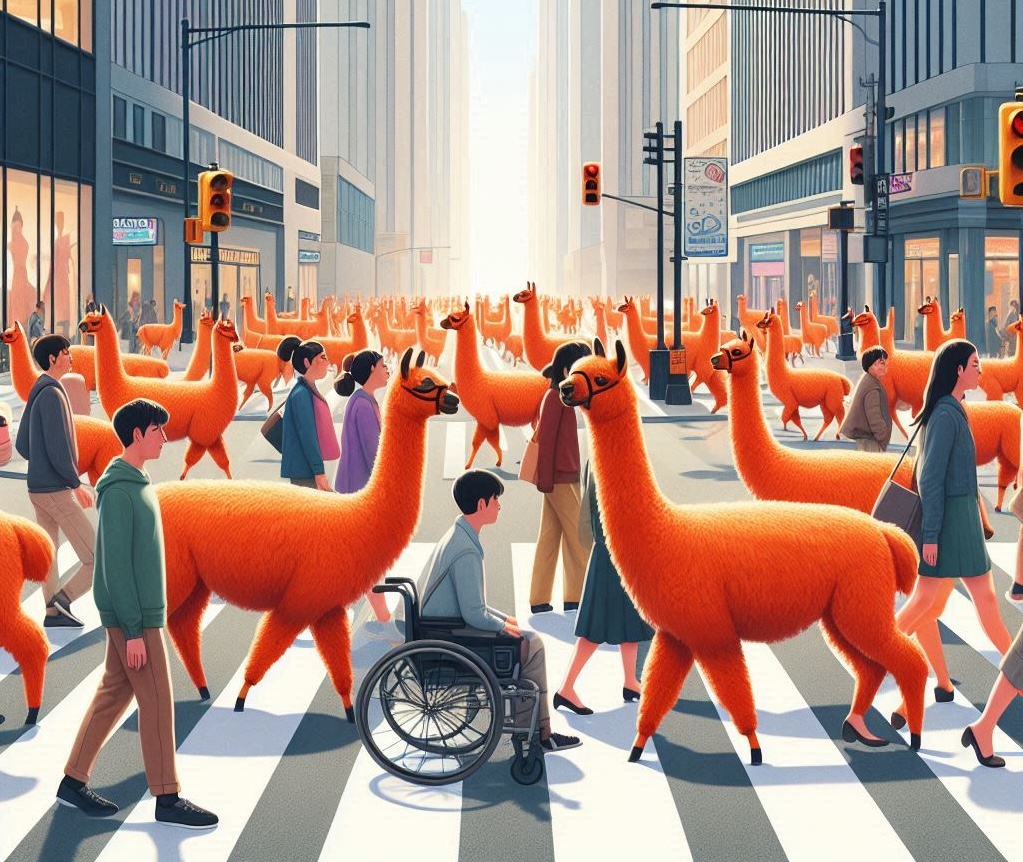Ethnography in UX research
-
Graziella Dramisino
- 06 Sep, 2023
- 02 Mins read

This time I would like to talk to you about a topic which is very dear to me and (should be!) to those who are involved in product development: ethnography.
What is ethnography?
"Ethnography is the recording and analysis of a culture or society, usually based on participant-observation and resulting in a written account of a people, place or institution". (written by Simon Coleman and Bob Simpson)
So, how is it applied to UX design and more specifically to UX research?
It is a field study that reveals user-insights by observing them in their natural environment, in order to understand their needs. Besides, ethnography helps researchers watch how people use a product in different situations.
Here's an example.
Ellen Isaacs and her team at the Palo Alto Research Center wanted to understand how people looked for parking, especially during busy times. They studied the problems people faced, how parking rules were explained, what was good and bad about the current setup, and how things could be made better. They used what they learned to create new and improved parking systems.
 Image 1. Conflicting signs: one says there is no stopping any time to the left of the sign, but
the other restricts stopping in both directions only between 7-9am on weekdays.
Image 1. Conflicting signs: one says there is no stopping any time to the left of the sign, but
the other restricts stopping in both directions only between 7-9am on weekdays.
They noticed a common problem with parking signs, not just in New Orleans but everywhere. Typically, parking signs tell you what you're not allowed to do, like "No stopping" or "No parking," and they only indirectly suggest what you can do. But when you're searching for a parking spot, you want to know what you can do right now. You have only a few seconds to figure out if you can park. In New Orleans, the complex signs make this even more confusing. This can lead people to accidentally park illegally or realise their mistake only after parking, which can be very frustrating. So they proposed a new idea for parking signs: instead of focusing on what you can't do, they could be designed to focus on what you can do based on different time ranges.
 Image 2. A proposed redesign of the sign on the left
Image 2. A proposed redesign of the sign on the left
In general, this approach can be used to improve existing products and is also frequently used to determine what new products to create in the first place.
Now that we understand what ethnography is, what are the methods we use?
Passive observation: shadowing and observing the users with no interaction with them. The UX researcher quietly watches the users to record their genuine and unaltered reactions.
Active observation: joining the user's team and getting to know the difficulties or problems they face when using a product.
Contextual interviews: UX researcher talks to users while watching them do their regular tasks. These interviews happen in a natural setting to make it feel less formal.
In conclusion, to achieve ongoing business success, we need to understand how customers use our products throughout their experience. Keep an open mind and be ready to be surprised by the enriching experiences that come from interacting with diverse people. Observing our users in their everyday lives, uncovers all the hidden ways they use our products, all those that they won’t tell you in a user test. If you want user-friendly and effective UX design and aim to build customer loyalty, our team can help!







